Barnett Elementary School (1891-1960s)
Introduction
Text-to-speech Audio
Images
The first Douglass School, renamed Barnett Elementary in 1926
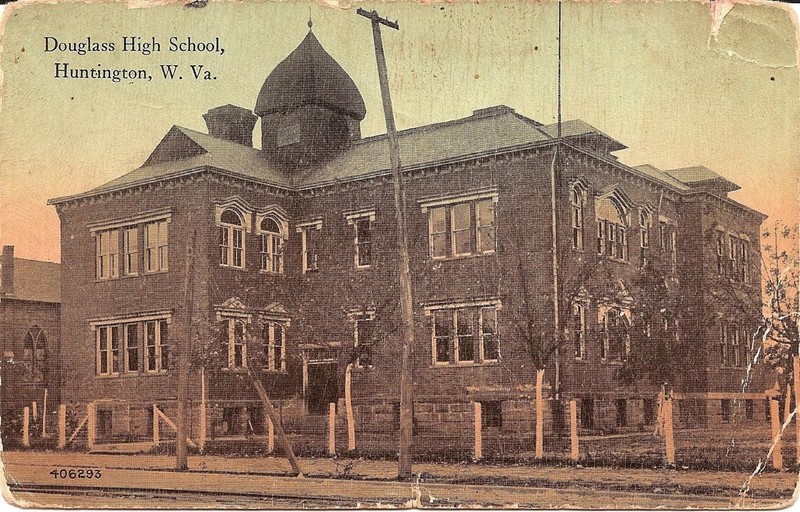
The first Douglass School is pictured at the bottom center
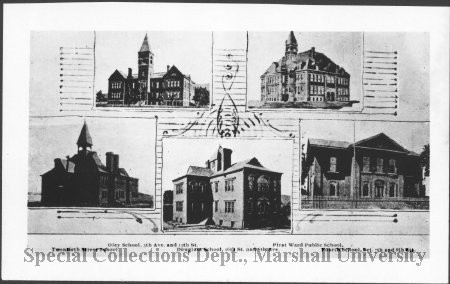
Reverend Nelson Barnett, unknown date
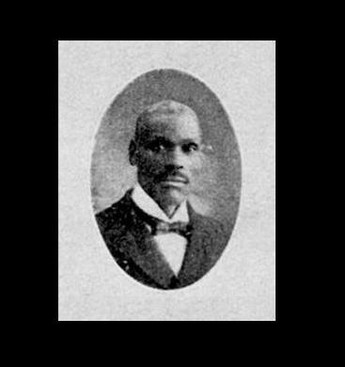
Faculty of Douglass School, circa 1919

Barnett Elementary, circa 1926
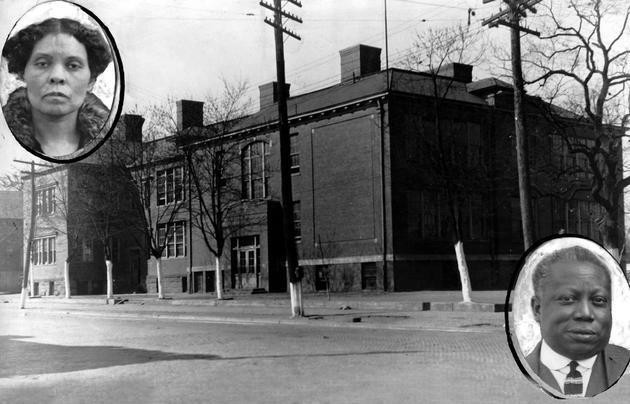
Revella Hughes and the Barnett School Orchestra, circa 1933
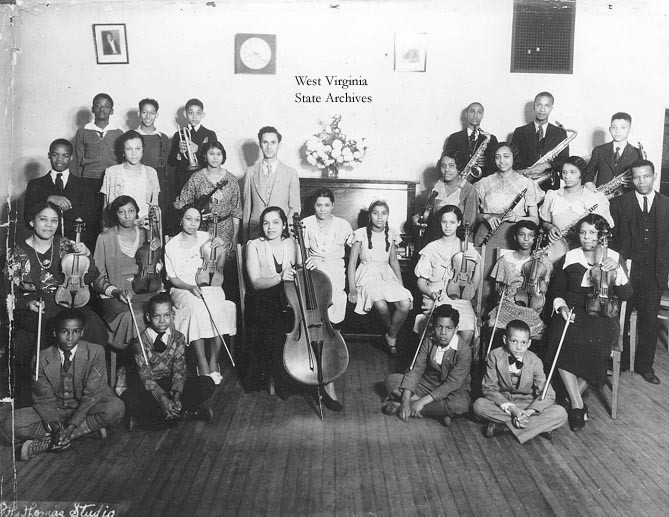
Students in a classroom at Barnett
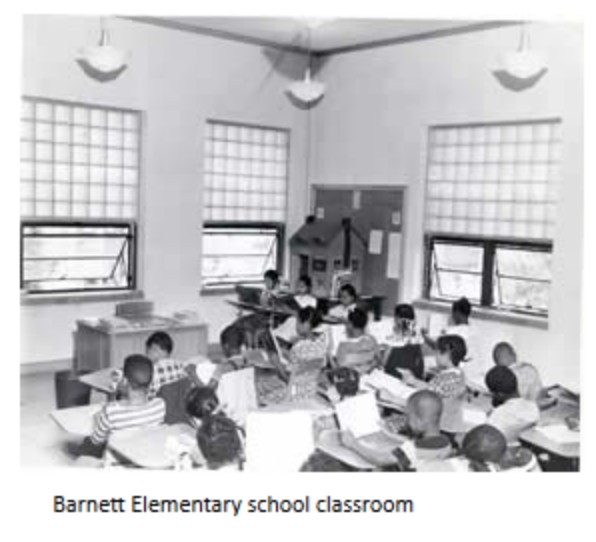
Students in a classroom at Barnett, 1951
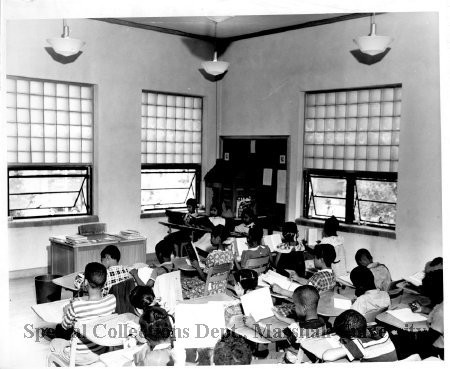
Winners of Hat Show contest at Barnett School playground, ca.1951
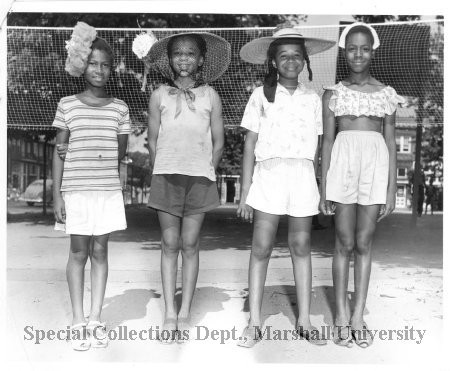
Students in a classroom at Barnett, 1951
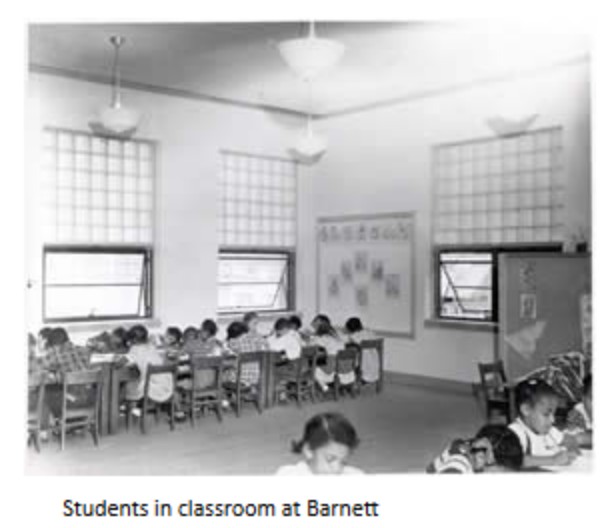
Empty classroom in Barnett Elementary, 1951
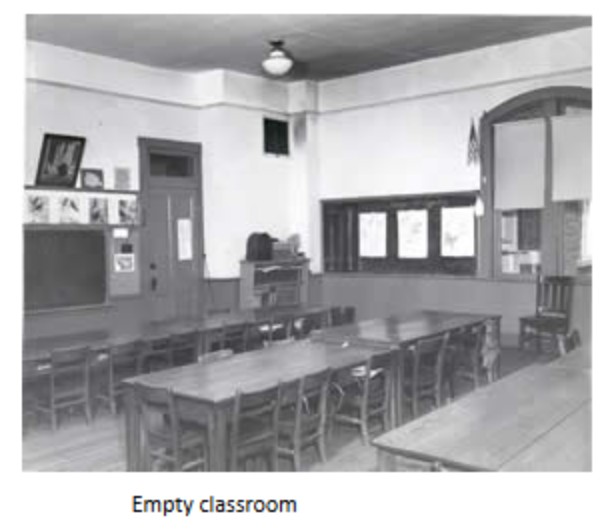
Girls at the Barnett School playground
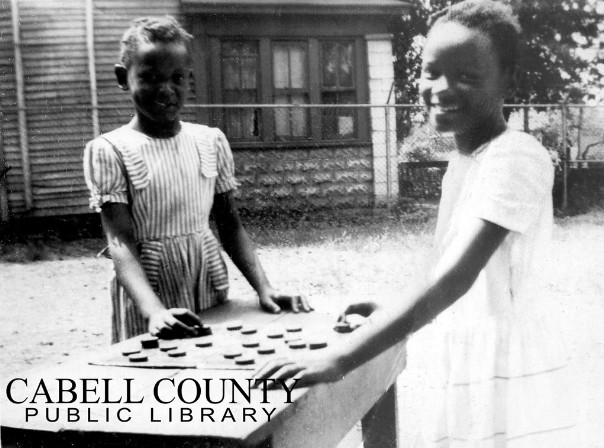
Girls at the Barnett School playground

Students and teachers at Barnett Elementary
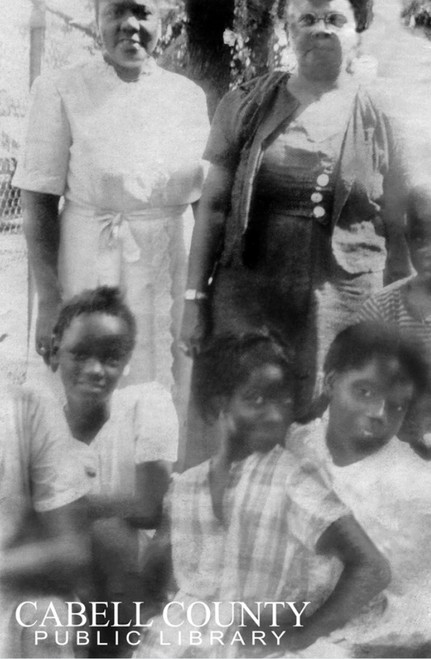
Children and a teacher at the Barnett School playground
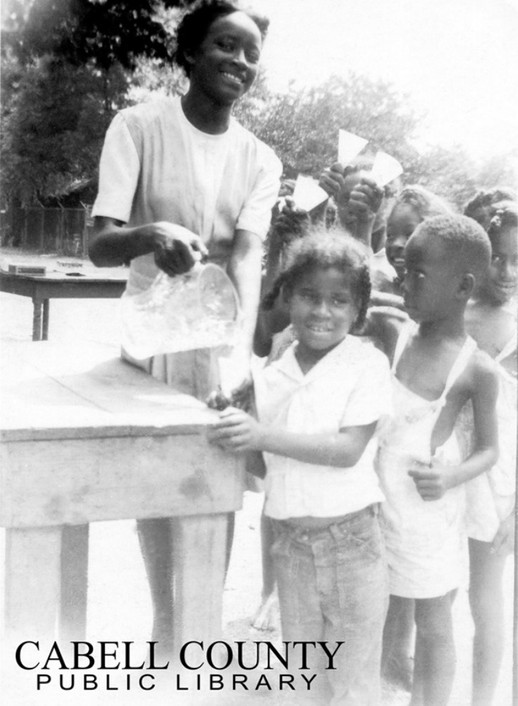
Children playing jump rope at the Barnett playground
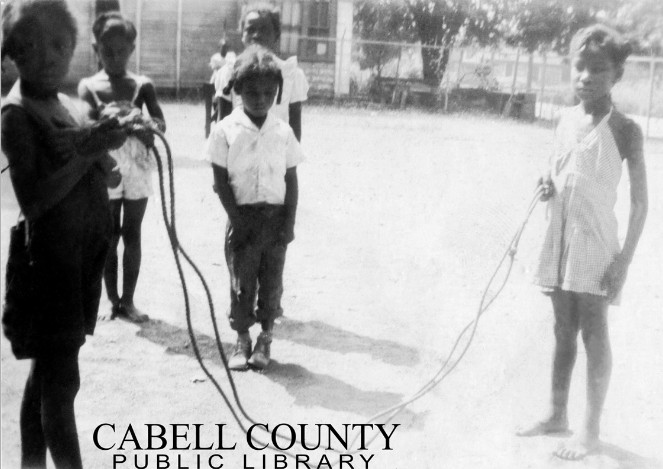
Barnett Elementary students
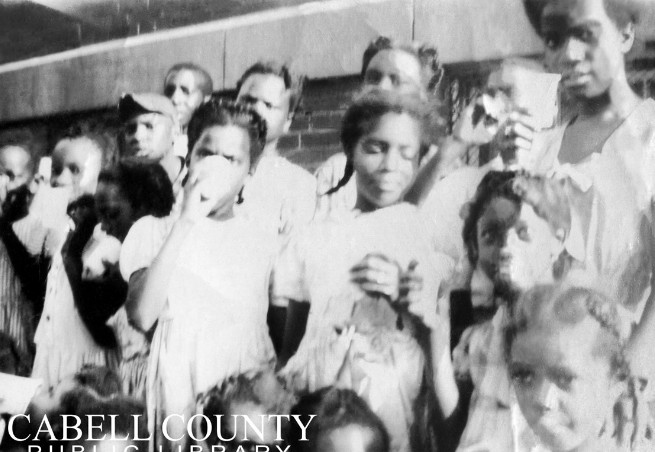
Barnett Elementary students
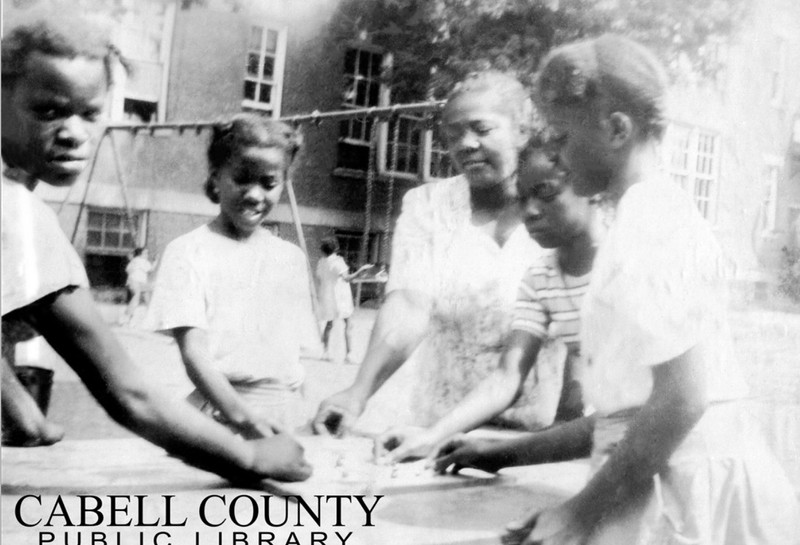
Barnett Elementary students playing basketball
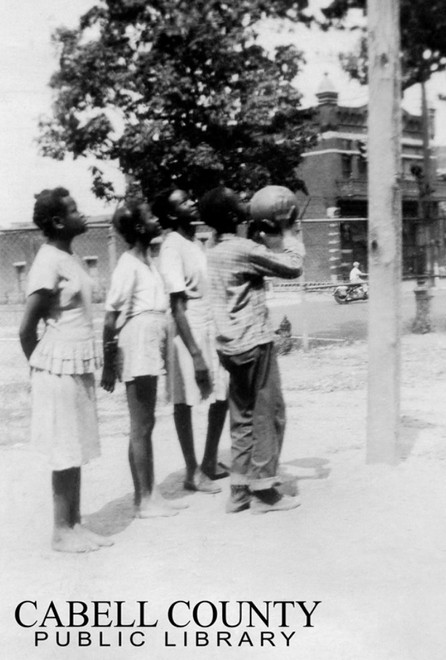
Teachers at Barnett Elementary

Barnett Elementary teachers
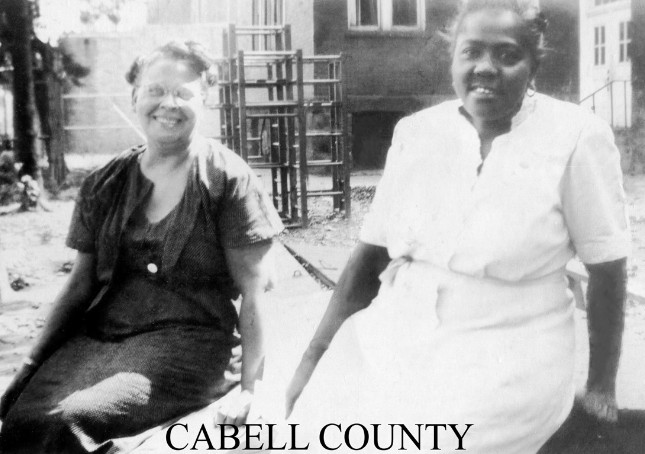
A Barnett Elementary teacher
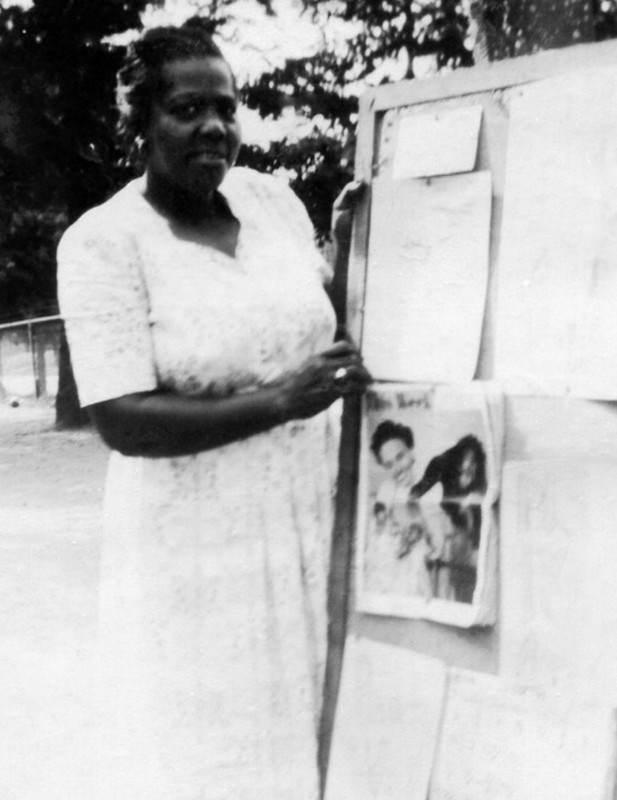
Backstory and Context
Text-to-speech Audio
While Cabell County's African American history dates back to the county's establishment in 1809, there were no public schools for the area’s Black children until after the city of Huntington was founded in 1871. In the fall of 1873, the Huntington City Council approved the creation of the city’s first African American public school, which was located in a church at the intersection of Twelfth Street and Sixth Avenue. Due to a law mandating schools for Black children only if there were more than twenty students who could attend them, the neighboring communities of Guyandotte and Huntington had to share the small school. In 1875, the school moved to a log structure on Norway Avenue across from Spring Hill Cemetery, and later to the end of Fifteenth Street near Seventh Avenue in an area known as Holderby Grove. Over the years, as the city of Huntington grew, the school’s enrollment and faculty increased and its curriculum was expanded. In 1891, William T. McKinney became principal of the school.
That same year, McKinney and several other community leaders convinced the Huntington Board of Education to construct a high school for the city’s Black students. In 1892, a six-room brick structure was erected on the corner of Eighth Avenue and Sixteenth Street at a cost of $15,000. The new school was named for abolitionist leader and statesman Frederick Douglass and offered students a two-year high school course. The first class, consisting of just three students, graduated in 1893. After McKinney resigned in 1897, Carter H. Barnett became principal of the school. In 1899, he expanded the high school curriculum to four years and added several new subjects. Before becoming the Father of Black History, Carter G. Woodson took over principalship of the school in 1900 and oversaw the addition of a new library. Woodson was one of Douglass High’s first students, finishing as one of two graduates in 1896. After Woodson left in 1903, R. P. Sims became principal and was succeeded in 1905 by J. W. Scott. Under Scott, two rooms were added to the Douglass School and the curriculum was again expanded. A portable building on the Douglass school yard was also built, which paved the way for a major expansion of the school in 1913. That year, a fireproof, two story addition with laboratories, a new library, and an assembly room was constructed at a cost of $40,000. By 1919, the school enrolled 465 students across all grades and had expanded from seven to seventeen teachers, all of whom had college degrees.
As enrollment continued to rise and demand increased for better educational facilities for Huntington’s Black students, officials decided to build a new Douglass Junior and Senior High School at Tenth Avenue and Bruce Street. After the new school opened in 1925, the old Douglass School complex was renamed Barnett Elementary. For decades, it continued to serve African American students in grades one through six, and became a focal point of the Black community alongside Douglass High. In addition, the Barnett Child Care Center began operating from the school during the early 1930s. The center moved between several locations over the years, including the rear of Ebenezer United Methodist Church. The program was incorporated in 1954 and moved in 1978 to its final location at 1524 Tenth Avenue. Around the same time, a two-story addition was constructed for the Barnett School.
Barnett Elementary was named in honor of the Reverend Nelson Barnett, a prominent religious and civic leader in Huntington’s early Black community. In the spring of 1871, a group of migrants led by thirty-one-year-old itinerant preacher Nelson Barnett arrived in the new city of Huntington. After preaching at churches across the Ohio Valley, Barnett acquired a job with the Chesapeake and Ohio Railroad before walking back to his home in Buckingham County, Virginia. There, he convinced some of his former neighbors to follow him back to Huntington where employment opportunities awaited. Among the people who returned with Barnett was his brother-in-law James Henry Woodson, the father of Carter G. Woodson. After settling in Huntington, Barnett worked as a C&O foreman for the section from White Sulphur Springs to Huntington before he was ordained. He then became pastor of the Mt. Olive Baptist Church, which was located at Twelfth Street between Second and Third Avenues during the mid-1870s. Barnett continued as pastor there for nearly ten years, during which time a new building was erected at 834 Eighth Avenue and the church was renamed First Baptist Church. He later served as pastor of Macedonia Baptist Church between 1884 and 1888, before he passed away in Huntington in 1909.
After the integration of public schools was mandated by the Supreme Court in May 1954, the Cabell County Board of Education slowly began considering how to desegregate its schools. After months without any official changes, a delegation led by Memphis T. Garrison approached the board with a petition for them to act on the legislation. In response, the board announced that first and seventh grade Black children could choose to attend the school in their district, and that Black students in secondary school who wished to transfer could do the same. In June 1956, the NAACP filed a suit against the board to push for complete desegregation of public schools. By the end of the month, the board passed a resolution desegregating public schools at all levels. Integration still remained voluntary, however, and four years later Douglass and Barnett remained entirely Black schools with inferior facilities compared to other nearby schools. Finally, it was announced in the summer of 1961 that Douglass would be closed and its students and staff transferred. Barnett Elementary was also closed and its students integrated into existing white schools, although the fall 1967 Directory of Public Elementary and Secondary Schools in Large School Districts indicates that the school was still open during the 1967-68 school year with an enrollment of 190 students, only two of whom were white.
After Barnett Elementary closed, the school building was left largely unused for many years. Like Douglass High School, the structure may have briefly been used by the school board before its offices were relocated to the former Huntington East High School in 1996. The aging building remained under the ownership of the school district for several years before it was reportedly purchased by an individual that had the intention of doing something with the building. However, the owner couldn't afford to make the envisioned changes, and the school sat vacant and deteriorating for years as a result. The old Barnett School, which had occupied the corner of Eighth Avenue and Sixteenth Street for over a century, was finally demolished in 1994. Today, the site of the former school is occupied by an AutoZone auto parts store.
Sources
Bickley, Ancella R. "Douglass High School." e-WV: The West Virginia Encyclopedia. 24 January 2013. Web. 20 July 2020.
Casto, James E. Lost Huntington: First Douglass School, Huntington Herald-Dispatch. October 11th 2016. Accessed July 21st 2020. https://www.herald-dispatch.com/special/lost_huntington/lost-huntington-first-douglass-school/article_f9a5a0e9-57b9-5f88-9ae1-ddd811e4f5dd.html.
Crow, Nathaniel. The Integration of Douglass High School, Cabell County, WV, The Carter G. Woodson Project. Accessed July 21st 2020. https://www.marshall.edu/woodson-dev/the-integration-of-douglass-high-school-huntington-wv/.
Gertler, Diane B. Directory: Public Elementary and Secondary Schools in Large School Districts. Washington, DC. National Center for Educational Statistics, 1967.
Johnson, Kelli, "Frederick Douglass Junior and Senior High School" (2020). Publications. 2. https://mds.marshall.edu/african_american_pub/2
Pierson, Lacie. District eyes school properties, Huntington Herald-Dispatch. June 6th 2015. Accessed July 21st 2020. https://www.herald-dispatch.com/news/district-eyes-school-properties/article_c74fdde0-41f8-52a0-8c5c-451d26de52e0.html.
Spurlock, Trent. Survey of Cabell County, West Virginia, African American Historical Sites. Lexington, KY. Cultural Resource Analysts, Inc. , 2014.
https://www.herald-dispatch.com/special/lost_huntington/lost-huntington-first-douglass-school/article_f9a5a0e9-57b9-5f88-9ae1-ddd811e4f5dd.html
https://marshall.pastperfectonline.com/photo/2BCCEBE1-D9C3-4D69-BC56-533227379320
https://www.facebook.com/photo.php?fbid=2808686585838183&set=gm.2264043813819689&type=3&theater&ifg=1
https://wvhistoryonview.org/catalog/037199
https://www.facebook.com/photo.php?fbid=2624636430909867&set=gm.2217405521816852&type=3&theater&ifg=1
http://www.wvculture.org/history/exhibitsonline/celebratinglives/bhm107.jpg
https://www.cabellschools.com/BarnettElementary.aspx
https://marshall.pastperfectonline.com/photo/742D4E90-93D0-4B66-A831-451437802728
https://marshall.pastperfectonline.com/photo/81DEC4EE-ADB7-4D40-8176-747587689146
https://www.cabellschools.com/BarnettElementary.aspx
https://www.cabellschools.com/BarnettElementary.aspx
https://cabe.ent.sirsi.net/client/en_US/cabell/?rm=DOUGLAS+SCHOOL0%7C%7C%7C1%7C%7C%7C1%7C%7C%7Ctrue&dt=list
https://cabe.ent.sirsi.net/client/en_US/cabell/?rm=DOUGLAS+SCHOOL0%7C%7C%7C1%7C%7C%7C1%7C%7C%7Ctrue&dt=list
https://cabe.ent.sirsi.net/client/en_US/cabell/?rm=DOUGLAS+SCHOOL0%7C%7C%7C1%7C%7C%7C1%7C%7C%7Ctrue&dt=list
https://cabe.ent.sirsi.net/client/en_US/cabell/?rm=DOUGLAS+SCHOOL0%7C%7C%7C1%7C%7C%7C1%7C%7C%7Ctrue&dt=list
https://cabe.ent.sirsi.net/client/en_US/cabell/?rm=DOUGLAS+SCHOOL0%7C%7C%7C1%7C%7C%7C1%7C%7C%7Ctrue&dt=list
https://cabe.ent.sirsi.net/client/en_US/cabell/?rm=DOUGLAS+SCHOOL0%7C%7C%7C1%7C%7C%7C1%7C%7C%7Ctrue&dt=list
https://cabe.ent.sirsi.net/client/en_US/cabell/?rm=DOUGLAS+SCHOOL0%7C%7C%7C1%7C%7C%7C1%7C%7C%7Ctrue&dt=list
https://cabe.ent.sirsi.net/client/en_US/cabell/?rm=DOUGLAS+SCHOOL0%7C%7C%7C1%7C%7C%7C1%7C%7C%7Ctrue&dt=list
https://cabe.ent.sirsi.net/client/en_US/cabell/?rm=DOUGLAS+SCHOOL0%7C%7C%7C1%7C%7C%7C1%7C%7C%7Ctrue&dt=list
https://cabe.ent.sirsi.net/client/en_US/cabell/?rm=DOUGLAS+SCHOOL0%7C%7C%7C1%7C%7C%7C1%7C%7C%7Ctrue&dt=list
https://cabe.ent.sirsi.net/client/en_US/cabell/?rm=DOUGLAS+SCHOOL0%7C%7C%7C1%7C%7C%7C1%7C%7C%7Ctrue&dt=list
